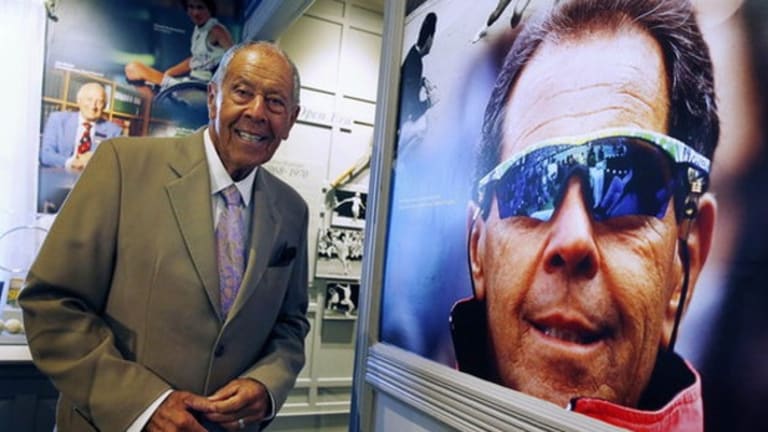This year marks the 50th anniversary of TENNIS Magazine's founding in 1965. To commemorate the occasion, we'll look back each Thursday at one of the 50 moments that have defined the last half-century in our sport.
1978: Nick Bollettieri opens his academy, the first tennis factory
By Jun 17, 2015Next Gen ATP Finals
Rafael Nadal, ambassador for the Saudi Tennis Federation, returns to Next Gen ATP Finals
By Dec 21, 2025Next Gen ATP Finals
Learner Tien looks for revenge, in two ways, in the Next Gen ATP Finals title match
By Dec 20, 2025ATP Challenger Tour
Tenerife set to once again be a standout stop on the 2026 ATP Challenger Tour
By Dec 20, 2025Player News
"One last push": Stan Wawrinka confirms 2026 will be final season
By Dec 20, 2025Next Gen ATP Finals
Nishesh Basavareddy advances at Next Gen Finals with Gilles Cervara in his corner
By Dec 19, 2025The Business of Tennis
Naomi Osaka is leaving the sports agency she co-founded
By Dec 19, 2025News
ATP Tour sets out safeguarding policy with training for players and potential for bans
By Dec 19, 2025Coach's Corner
Coaching carousel continues: Grigor Dimitrov, Daniel Vallverdu split for second time
By Dec 19, 2025Anti-Doping & Corruption
Chinese tennis player banned 12 years, fined $110,000 for match-fixing spree
By Dec 19, 20251978: Nick Bollettieri opens his academy, the first tennis factory
His perspective changed the way tennis was taught and played.
Published Jun 17, 2015
Advertising
Advertising
Advertising

1978: Nick Bollettieri opens his academy, the first tennis factory